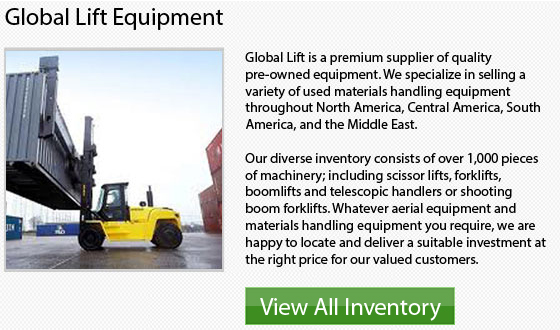
Peiner's Trager GmbH represents steel, technology and an all-inclusive delivery program in the Salzgitter Group. This portion specializes in successful development for particular purposes and steel.
I-shapes were rolled out in Peine since the year 1976. The Peine beam, a parallel wide-flange-beam, known across the world as "Peiner Trager" was developed here, patented and presented for the very first time in 1914.
The production of the companies beams have been permanently improved, optimized and adjusted to suit the requirements of every customer.
Peiner has proved to be a helpful and reliable partner. They offer a huge variety of pre-fabrication work up to the finishing and delivery of ready-to-assemble constructions for bridge-building, steel structures and production unit building needs.
Peiner offers the most modern installations and processes. The company's punctuality and dependability is ready to help clients and become the competent partner for stockholders and fabrication.
The best service assistance is given to both fabricators and financial investors which includes high competitiveness and distinct cost reduction. These services consist of addition of the capacities of steel-fabricators, reduction of handling, reduction lead times and supply of ready-to-assemble construction units.
In numerous industries, high quality steel is used in numerous industries. Steel is often used in the construction and automotive businesses due to its tailor-made product properties and extreme versatility. Steel is an environmentally friendly material and is great for recycling.
Scrap metal in the hundreds of tons can be melted down into molten steel. A DC electric arc furnace could finish the procedure in less than 40 minutes. The molten steel is homogenized and then analytically refined in a downstream ladle furnace method. The second step involves the refined steel being subsequently cast in a 6 strand continuous bloom casting plant in order to form charging material. A vacuum plant is accessible for particular requirements, in order to set low sulfur and hydrogen contents.
In Salzgitter and Peine, the charging material is then rolled to form sectional items on 2 efficient and modern rolling mills. This is completed by utilizing the universal rolling method.